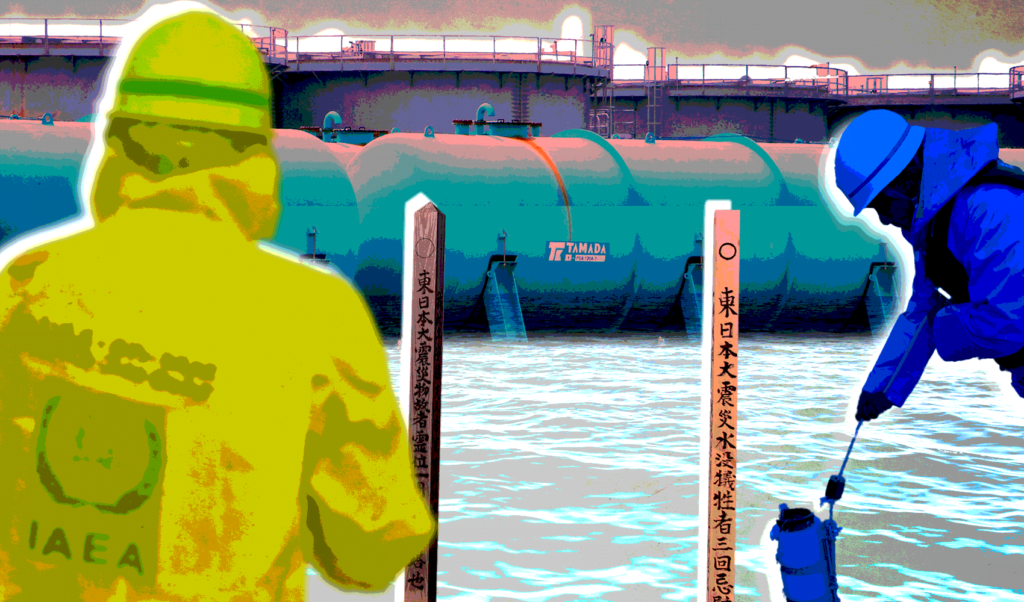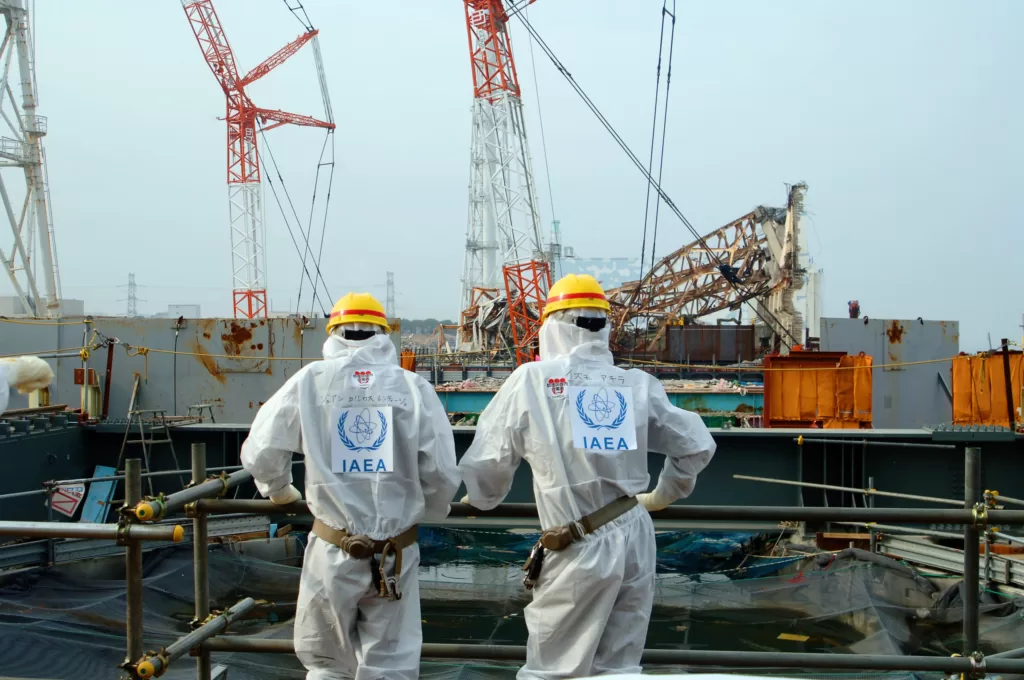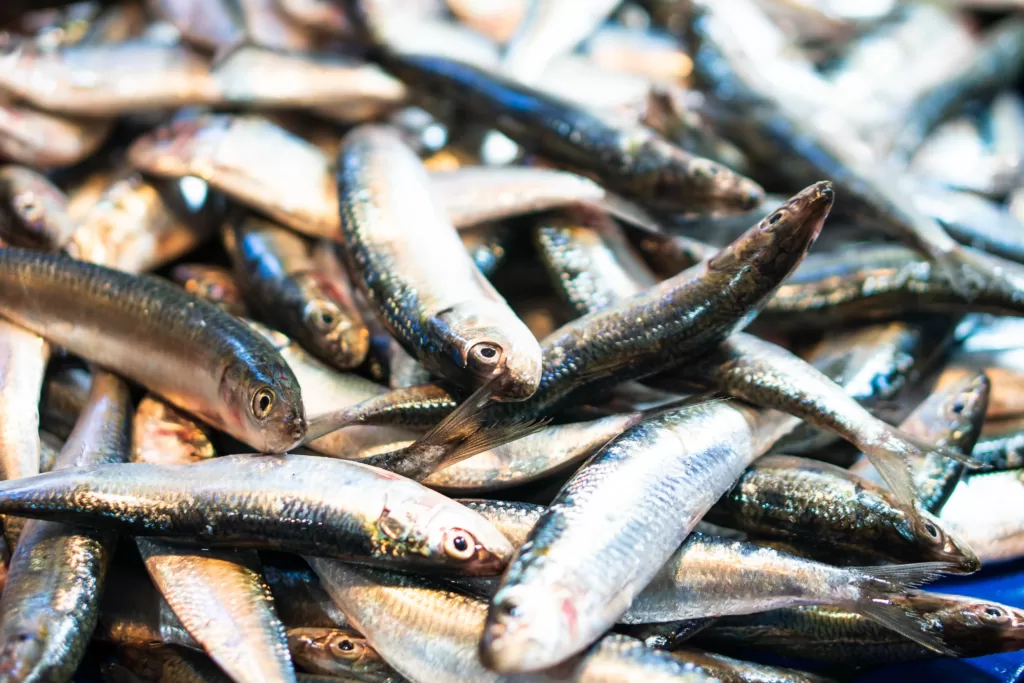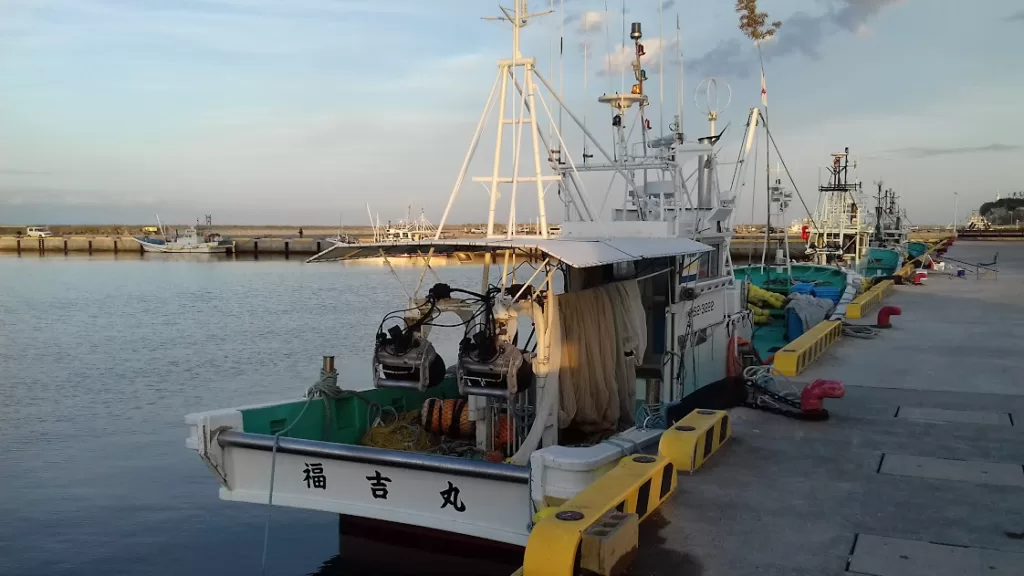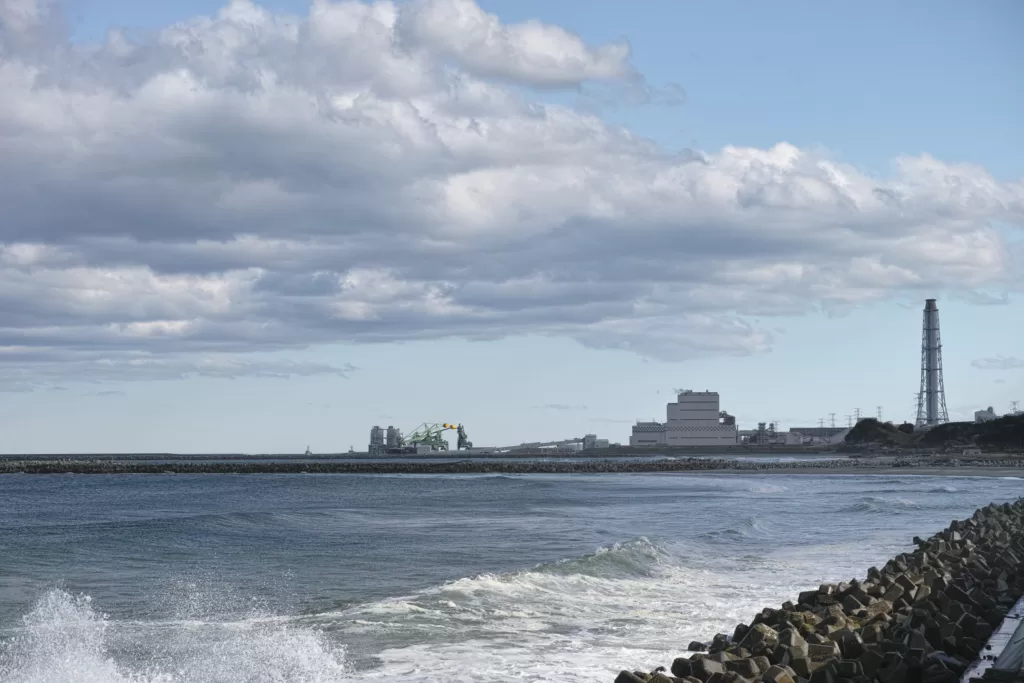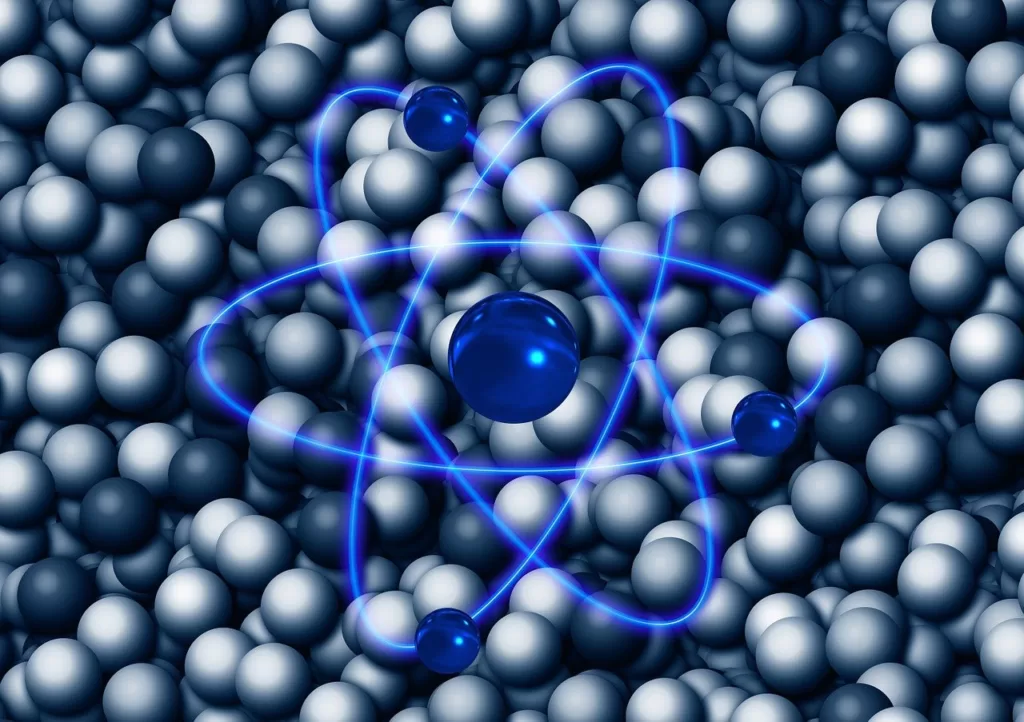Releasing treated wastewater directly into the ocean from the Fukushima nuclear plant sounds dangerous, but going below the surface reveals the full story.
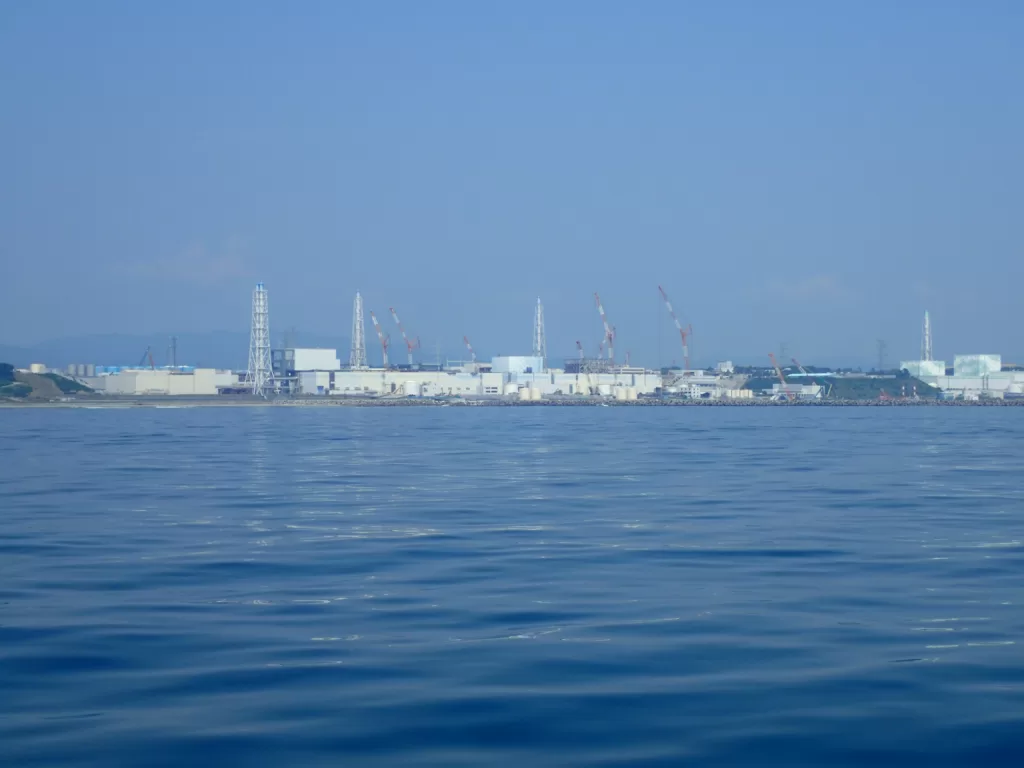 TEPCO and the Japanese Government plan to release 1.25 million tonnes of treated radioactive water from the Fukushima nuclear reactor into the Pacific Ocean. : Leslie Mabon, Open University via 360info CCBY4.0
TEPCO and the Japanese Government plan to release 1.25 million tonnes of treated radioactive water from the Fukushima nuclear reactor into the Pacific Ocean. : Leslie Mabon, Open University via 360info CCBY4.0
Releasing treated wastewater directly into the ocean from the Fukushima nuclear plant sounds dangerous, but going below the surface reveals the full story.
Releasing 1.3 million tonnes of wastewater from the Fukushima nuclear plant into the Pacific Ocean might sound like a terrible idea. But scientific data and the world’s premier nuclear agency say the release will not hurt people, marine life or the environment.
Most of the radioactivity in the water is from tritium, a type of hydrogen found in far higher quantities in the ocean. The rest of the radioactivity is so tiny that, even in the most extreme scenario, the radiation from eating fish amounts to that of a dental x-ray.
The liquid waste at Fukushima would fill 500 Olympic swimming pools and is mostly regular water. A process called ALPS, or Advanced Liquid Processing System, removes problematic isotopes such as cesium-137, strontium-90 and iodine-129. Repeating the treatment cycle makes this radioactivity as small as needed.
For technical reasons, ALPS cannot remove tritium or carbon-14. Both isotopes occur naturally, and so the question of safety boils down to how the Fukushima radioactivity compares to everyday life. Carbon-14 is found in all living things and is used in radiocarbon dating, but tritium is less familiar and has raised the greatest concern.
Tritium by the numbers
Around 140g to 200g of tritium is produced in the upper atmosphere every year. The Pacific Ocean contains around 8400g of tritium, while the total amount of tritium at Fukushima is less than 3g.
Japanese authorities plan to gradually release the water over a period of around 40 years. Each year, around 0.06g of tritium will be added to the ocean which will change tritium levels in the Pacific by less than 0.001 percent annually.
A recent study by two government institutes in South Korea used computer models to predict how Fukushima tritium moves with ocean currents. They found tritium levels in Korean waters would rise by less than 6 parts per million, a change too small to detect.
At the point of release, the water will be diluted with seawater to have a tritium concentration seven times better than the World Health Organization standard for drinking water. This dilution minimises potential impact on marine life near the discharge outlet.
Decades of experience indicate that gram-levels of tritium are safe. Nuclear power plants around the world routinely release tritium every year without incident, and there are no reports of health or biological effects due to ocean or atmospheric tritium release.
Locally, nuclear plants in South Korea and China release around twice as much tritium each year than is planned at Fukushima. Even so, both governments have criticised Japan.
Marine impact
A 2021 study shows that eating a lifetime’s worth of Fukushima fish caught entirely within a few kilometres of the wastewater outlet amounts to 0.02 micro-sieverts of tritium radiation. This is less than a banana, which contains the equivalent of 0.1 micro-sieverts.
The same study shows the lifetime effect of all other isotopes is 5 micro-sieverts, the same as a dental x-ray. In reality, fish will swim all over the place but it is comforting to know that, even in the most extreme case, the amount of radiation over 50 years equals one dental check-up.
For fish 20km from the outlet, the lifetime dose falls by a factor of 100. This is effectively zero compared to natural background radiation, where typical exposure is between 1500 and 3500 micro-sieverts per year.
The study also considers marine life, looking at fish species, sedimentation, biological concentration and organic tritium. The story is the same as for people, with no impact. The maximum marine dose near the outlet is 7 micro-grays per year, more than 10,000 times smaller than the zero-effect benchmark of around 90,000 micro-grays per year.
The big picture
Despite the attention, tritium makes a small contribution to radioactivity in the ocean. Most ocean radioactivity is from other sources: 91 percent from potassium-40, 8.6 percent from rubidium-40, 0.3 percent from uranium. These naturally occurring elements have always been in the ocean and are older than Earth itself.
Together, tritium and carbon-14 contribute just 0.08 percent of ocean radioactivity. For carbon-14, this amounts to 18 million grams already in the Pacific Ocean. The Fukushima water contains just one extra gram of carbon-14. This miniscule addition puts to rest the suggestion by Greenpeace that carbon-14 is a dangerous aspect of the Fukushima water.
The International Atomic Energy Agency (IAEA) has examined the Fukushima wastewater plans and supports ocean release. The IAEA will perform its own measurements to ensure the water is safe. Additional cross-checking comes from the Japanese Nuclear Regulation Authority, which is independent of local authorities at Fukushima.
It is understandable that some are concerned and seek reassurance. But the scientific case is strong when the full story is told. And once the water is released, much-needed space at the site will be freed up, allowing engineers to get on with vital remedial works.
Nigel Marks is an Associate Professor at Curtin University. He has a PhD in Physics and previously worked in the Reactor Physics Division at the Australian Nuclear Science & Technology Organisation. He has extensive research experience in radiation damage of materials and the science of radioactive waste storage.
This article has been republished ahead of Japan’s plan to release nuclear wastewater from August 24, 2023. It originally appeared on April 14, 2023.
Originally published under Creative Commons by 360info™.
Editors Note: In the story “Fukushima water” sent at: 12/07/2023 13:02.
This is a corrected repeat.


